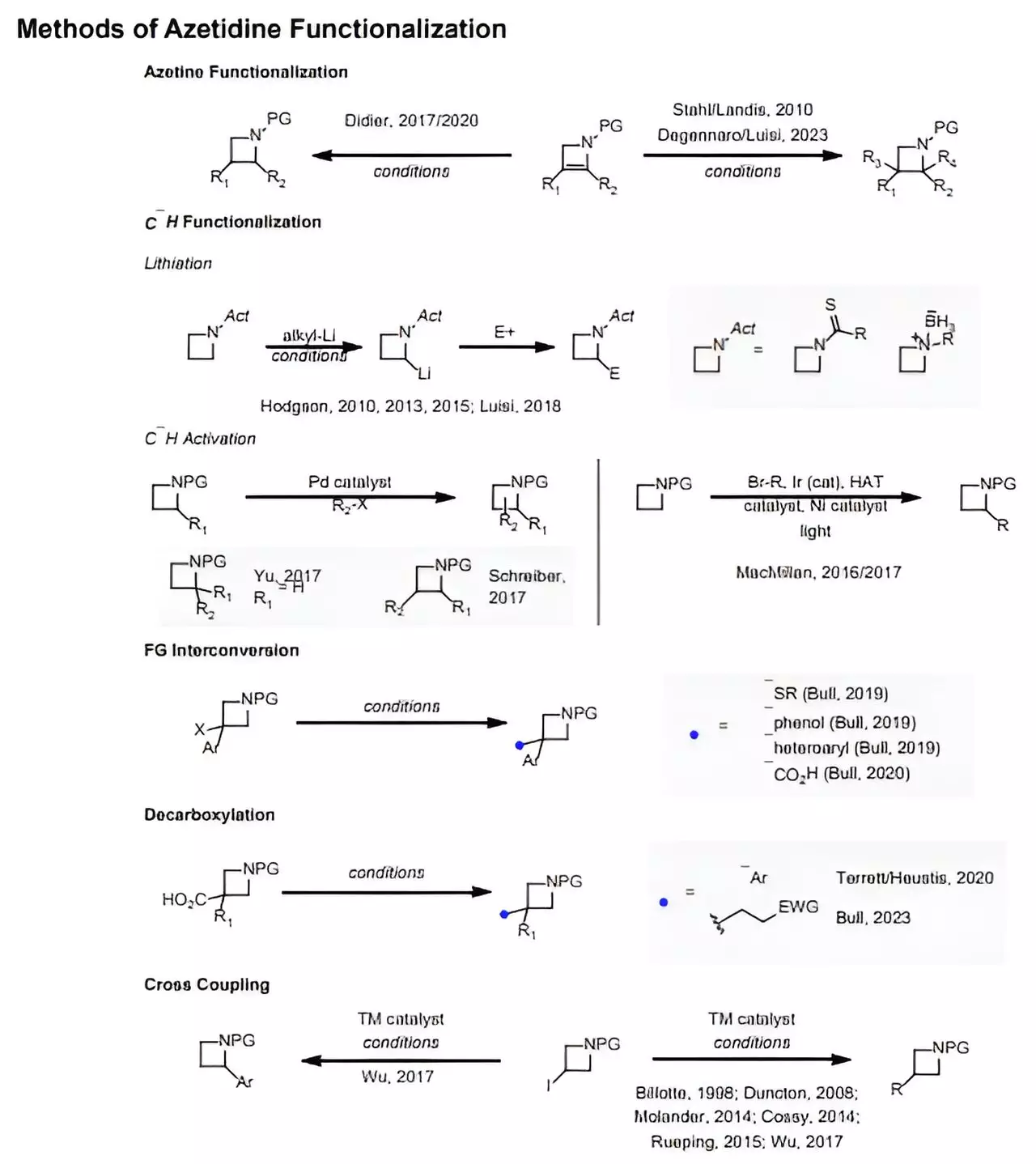In an exciting development within the realm of organic chemistry, researchers from the Massachusetts Institute of Technology (MIT) and the University of Michigan have uncovered a groundbreaking method for catalyzing chemical reactions to produce azetidines—four-membered nitrogen heterocycles that stand to enhance the pharmaceutical landscape. Traditionally, these compounds have been much more challenging to synthesize compared to their five-membered counterparts, even though they hold considerable potential in drug development. This innovative approach using photocatalysis to drive the formation of azetidines marks a significant step forward, not just for academic research but also for the pharmaceutical industry at large.
Historically, the presence of azetidines in natural compounds has been limited, with only a handful like penicillin making their mark. In contrast, five-membered nitrogen-containing rings, often found in critical FDA-approved medications such as antibiotics and cancer therapies, have dominated the pharmacological scene. The announcement of this new synthetic route emphasizes the untapped potential of azetidines, suggesting that they could lead to the discovery of a new class of therapeutic agents.
Understanding Photocatalysis
At the core of this research lies the utilization of photocatalysts—substances that facilitate chemical reactions with the aid of light. By using these catalysts, the researchers effectively elevate reactant molecules from their stable ground energy state to an excited state, making them more reactive. This transition is pivotal, as it opens up new pathways for chemical reactions that would not typically occur under standard conditions.
The method relies on combining two key precursors: alkenes and oximes. Previous explorations in light-driven synthesis had yielded inconsistent results, prompting a need for predictive models to identify which combinations of reactants would be successful. The collaboration between Stephanie Kulik at MIT and Corinna Schindler at the University of Michigan illustrates a merging of experimental technique and theoretical insight, paving the way for more efficient synthesis methods.
The Power of Predictive Chemistry
A standout feature of this research is the development of computational models that help predict the feasibility of reactions between selected alkene and oxime pairs. By employing quantum mechanical concepts—specifically, the analysis of frontier molecular orbitals—the researchers could assess the energetic compatibility between reactants. This approach minimizes the reliance on a traditional trial-and-error method, significantly streamlining the experimental process and reducing costs.
The significant breakthrough here is the ability to pre-screen substrates before setting up physical experiments. This predictive capability not only saves time but also ensures a higher success rate for obtaining valuable compounds, reflecting a paradigm shift in how chemical reactions can be conceptualized and executed.
Experimental Validation and Implications
The practical implications of this research are profound. After simulating reactions between various alkenes and oximes, the team was able to conduct successful experimental validations, producing several azetidine derivatives. Notably, some of these compounds are derivatives of existing, FDA-approved drugs such as amoxapine and indomethacin. This connection between predictive models and real-world applications exemplifies how computational chemistry can expedite the path from molecular discovery to drug application.
The insights gained from modeling the energy levels of frontier orbitals not only affirm the potential of azetidines as pharmaceutical candidates but also underscore the growing importance of integrating computational tools into synthetic organic chemistry. As pharmaceutical companies are under constant pressure to innovate cost-effectively, methods that enhance predictive accuracy could revolutionize drug development timelines and expenditures.
Future Directions: Broader Possibilities
While the current study focused specifically on azetidines, the collaborative efforts of Kulik and Schindler extend into other understudied areas of molecular synthesis. Their ongoing work aims to explore the synthesis of additional nitrogen-containing compounds, including those with three-membered rings. With photocatalysts becoming a more widely accepted tool in organic synthesis, the ramifications of this study may extend far beyond azetidines, potentially leading to a new era of drug discovery that embraces creativity in molecular architecture.
The intersection of computational chemistry and synthetic practices heralds a transformative moment for researchers and chemists alike. As they continue to explore and refine these techniques, the potential for uncovering novel therapeutic agents expands, promising a future where the toolbox for drug development is not only broader but also more precise. The age of azetidines and other innovative compounds is upon us, and it is a thrilling time to witness how these advancements will shape the future of medicine.


Leave a Reply